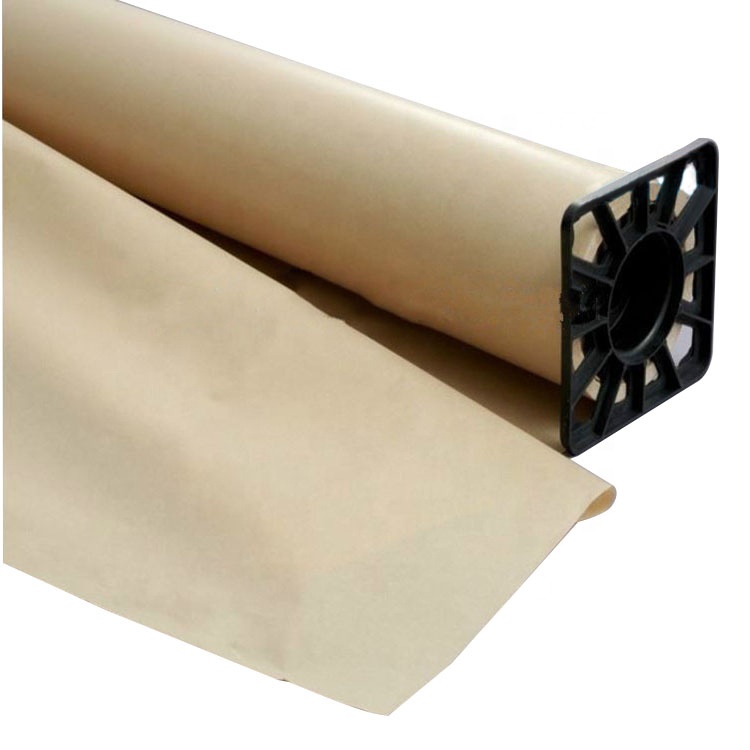Sharp develops new backlight LED devices to expand the range of color performance
Sharp developed an LED device for a backlight that can substantially maintain the brightness of the screen of the liquid crystal panel while expanding the color expression range by 25%. The liquid crystal cell is unchanged, and only the LED device is used on the backlight, so that the liquid crystal panel with the color performance range of NTSC (CIE1931) ratio of 90% can be realized.
This Sharp has developed four products, two of which are used for small and medium-sized LCD screens (0.4mm thick and 0.6mm thick), and the other two are used for large LCD screens (edge-lit and direct-lit). The industrial sample price is 40 yen (including tax), samples will be available from December 24, 2013, and mass production will begin in April 2014.
Liquid crystal backlights originally used LED devices consisting of blue LED chips and yellow phosphors. The color range of liquid crystal panels using this backlight was NTSC (CIE1931) ratio of 72%. Sharp used an LED device consisting of a blue LED chip with a red phosphor and a green phosphor to achieve an NTSC (CIE1931) ratio of 83% in a part of a wide color gamut liquid crystal panel, but in this case The problem is that the screen brightness is reduced by 20% compared to a liquid crystal panel using a yellow phosphor.
Sharp's combination of red phosphors and green phosphors with new materials on the blue LED chip combines NTSC (CIE1931) with 90% wide color range and high brightness. When using a 0.4mm thick product for small and medium-sized liquid crystals, according to Sharp, the brightness of the liquid crystal panel is 97% when using a yellow phosphor, and the original brightness can be maintained. Moreover, since the color expression range is expanded, three-dimensional display can be displayed. Sense of image.
Sharp said that the reason why the product can increase the brightness compared to the previous wide color gamut liquid crystal panel is to develop a new material with high conversion efficiency (the ratio of the light emitted from the blue LED chip to the phosphor converted to different wavelengths). Red phosphor and green phosphor. According to reports, the red phosphor is a phosphor manufacturer developed specifically for Sharp, and the green phosphor is jointly developed by Sharp and phosphor manufacturers.
In addition to high conversion efficiency, the peak intensity of the red spectrum is also increased, and the peak width is reduced, thereby achieving a spectral distribution in which the red and green light peaks overlap. As a result, the color performance range has also increased from 80% to 90% by NTSC (CIE1931).
Sublimation protective paper is a tool used by sublimation professionals to protect their heat plate and project surface mats from the dye during the transfer process. As a continuous thin paper web used to transport cut-work or roll textile through the heat calander and as a barrier to prevent surplus dye-sub gasses from contaminating the recalculating belt of the rotary calander press.Compatible with ALL oil and electric heated rotary drum calanders. The protective paper is designed to capture all excessive inks transferred through or off the edges of the fabric.

Sublimation Protective Paper,Protective Sheets For Heat Transfer,Heat Press Protective Sheet,Heat Transfer Protective Sheet
CHINAPAPER-ONLINE(SUZHOU) E-COMMERCE CO. LTD , https://www.chinapaper-online.com